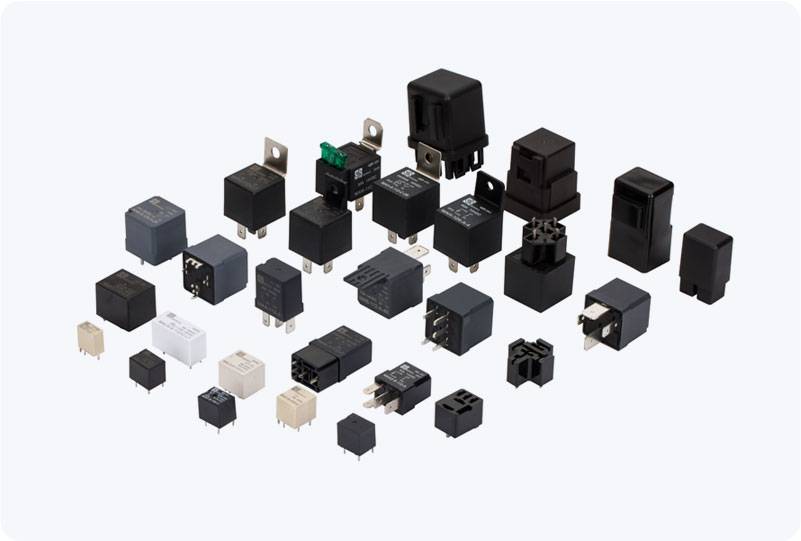Solid-State High Voltage (HV) Relay is an essential electronic device used for controlling high voltage circuits. Unlike traditional mechanical relays, solid-state relays operate without any moving parts. They use semiconductor components such as transistors, thyristors, and opto-couplers to perform switching functions, offering several advantages over their mechanical counterparts. These relays are increasingly used in industrial and power applications due to their durability, speed, and precision.

Principles of Solid-State HV Relays The working principle of solid-state HV relays revolves around the use of semiconductor devices to switch electrical currents. These components allow for fast switching and control of high voltage circuits without the mechanical wear and tear that occurs in conventional relays. A solid-state HV relay typically consists of a control input and an output that switches the high voltage on or off. The control signal triggers the relay, allowing the semiconductor component to conduct and complete the circuit, or to stop conducting, thus isolating the circuit.